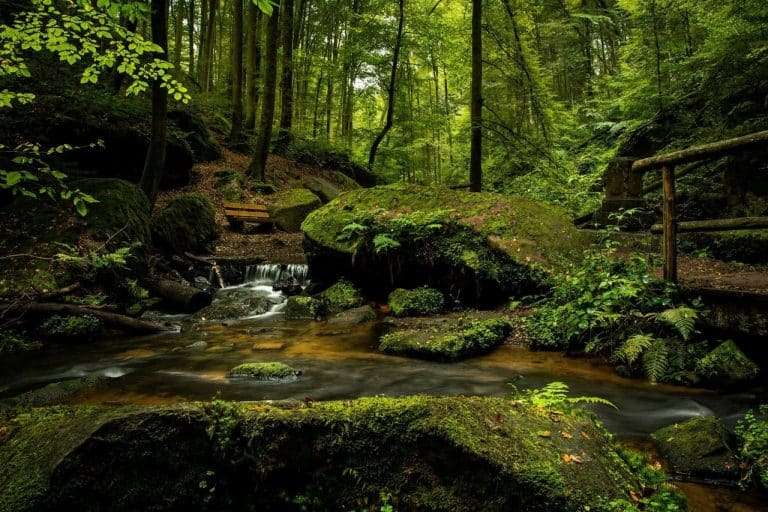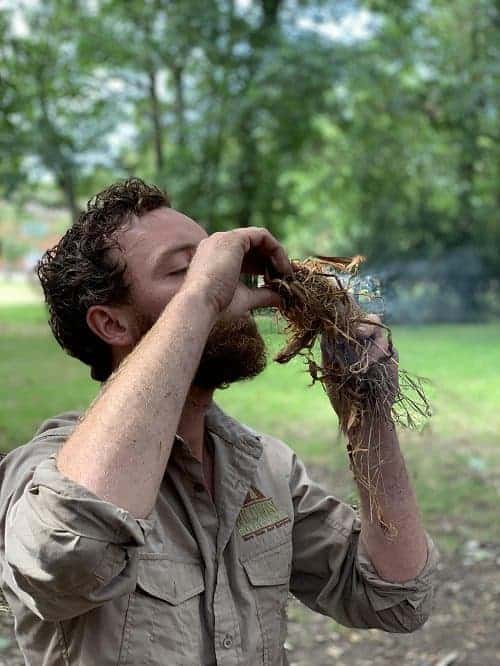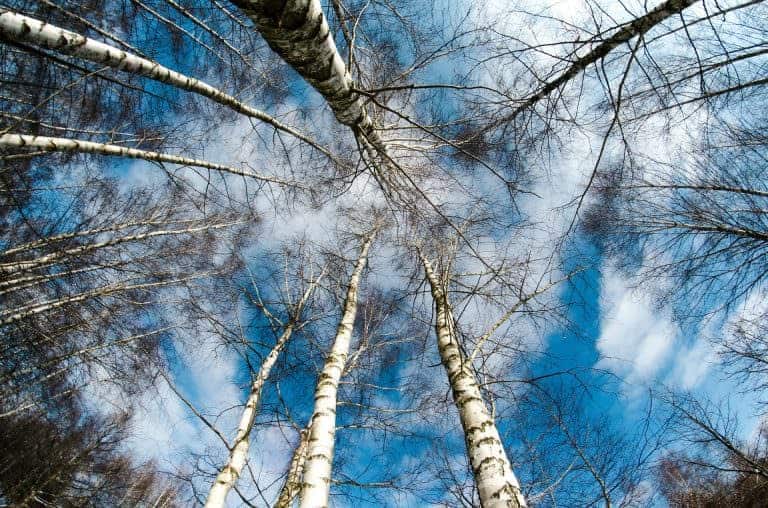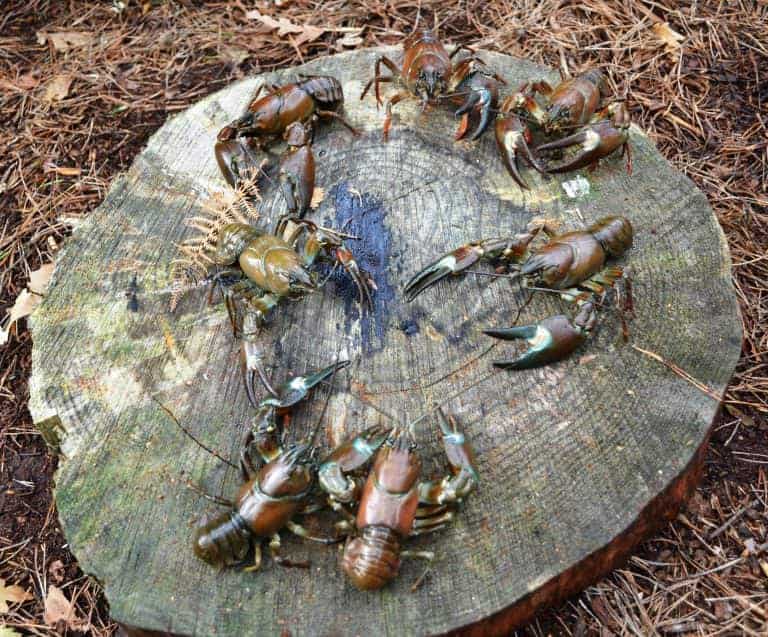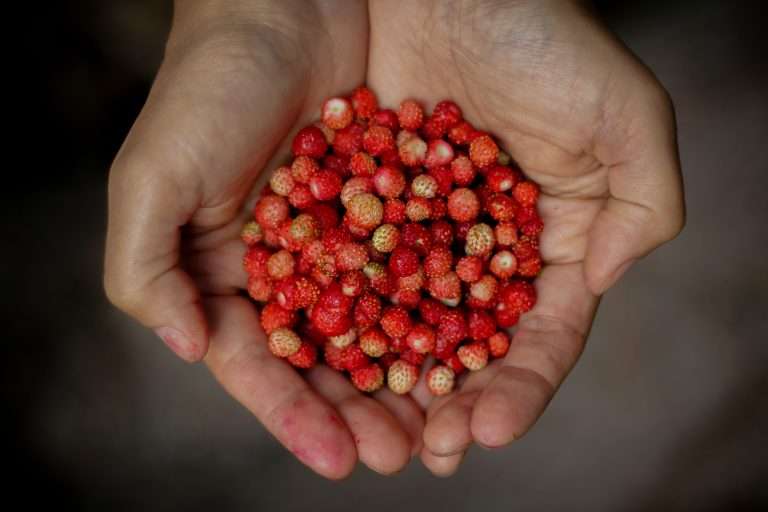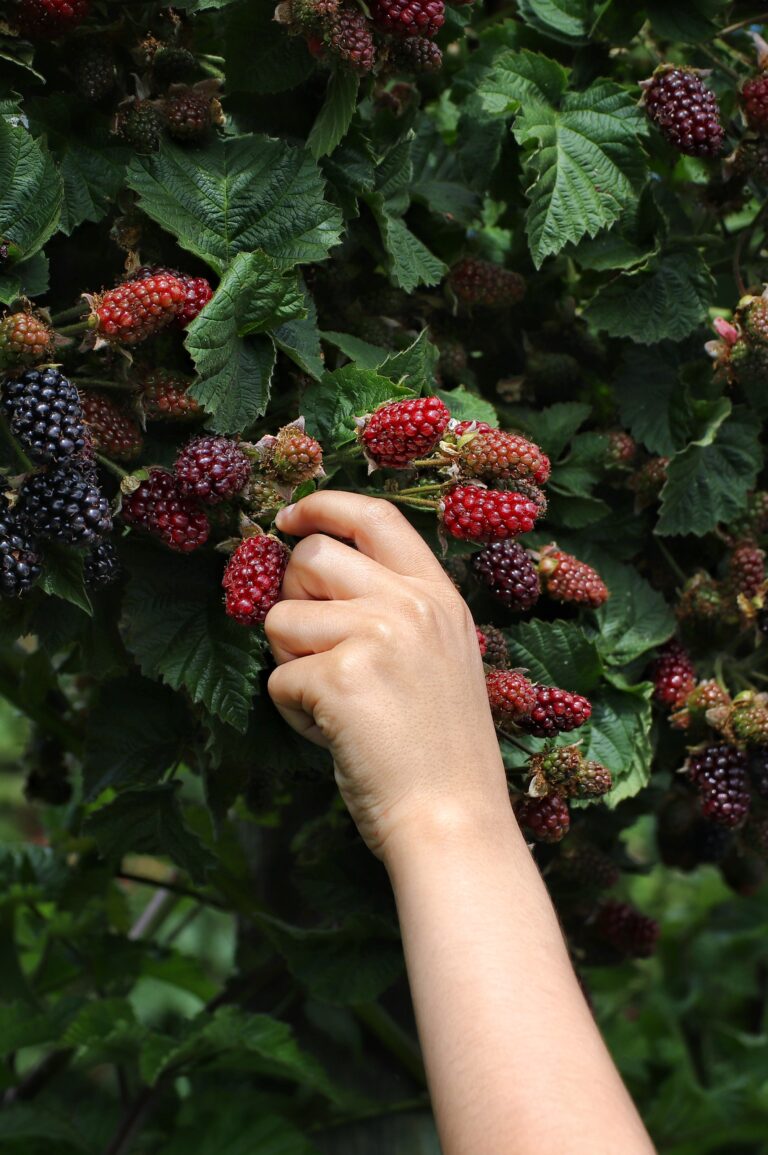Tree ID in Winter
In this week’s blog post we will be looking at plant and tree identification in the UK in winter.
As the nights draw in and the temperatures drop, being able to identify the plants and trees of the British isles becomes increasingly difficult – many will have lost their distinctive leaves and berries which aid identification in other times of the year. In this week’s blog post we will be looking at how to identify trees in winter, key pointers that you can put into practice and provide you with a list of commonly found trees that you can practice identifying at this time of the year.
As always, please feel free to read our entire blog or skip to the part that interests you the most.
Difference between tree identification in winter and other seasons
The most notable difference in trees in the winter is the effect that the season has on the leaves. While Evergreen conifers are trees that retain their leaves throughout the year, deciduous trees drop their leaves in the autumn/winter and flower again in spring.
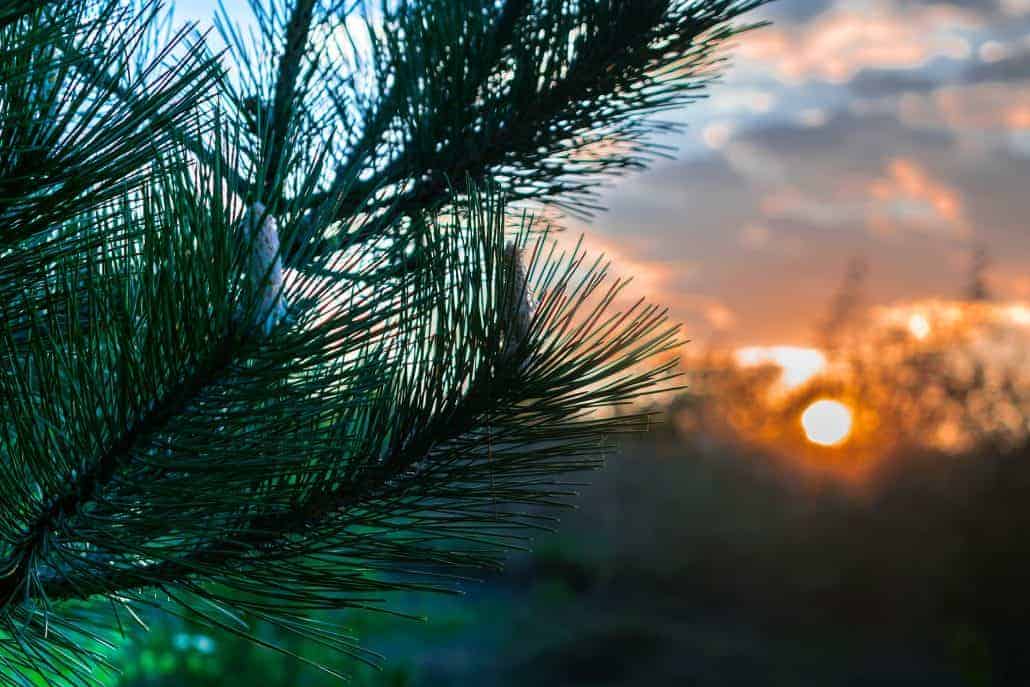
Why identify trees in winter?
Identifying trees in winter can provide you with an added depth to your winter walks. It can also provide you with access to a variety of bushcraft tools – enabling you to access the same natural materials that you would be able to access in the spring – for example; being able to identify trees in winter will enable you to find the correct wood for making a bow drill.
Key pointers to keep in mind when identifying trees in the winter
When it comes to identifying deciduous trees in the winter the leaves are not there to help us, for this reason, we need to look to the bark, the buds, and their general shape. Tree buds, though they flower in spring, lie dormant in the winter giving clues as to the tree in which they sit. Tree shapes provide an additional clue as to their identification, field maples will, for example, have rounder profiles whereas ash trees are rather slim. Combining the characteristics of the bark and the buds in winter is a great method of identifying the tree.
Characteristics of bark and buds
Combining the key characteristics of bark and buds in a table is a great way of identifying trees in winter – see Collins Gem ‘Trees’ for a more detailed explanation of winter tree identification. Here are a few examples below:
-
-
- Hazel: Brown buds/flaking and peeling bark
- Horse chestnut: Red and orange/brown buds and flaking or peeling bark
- Beech: Brown/grey/black buds and cracked or scarred barks
- Crab apples: Red/orange/brown buds and cracked or scarred bark and.
-
Several key trees to identify in the winter
Below are a few examples of key trees that you can practice identifying this winter.
Hazel (Corylus avellana):
Look for brown buds, flaking and/or peeling bark.
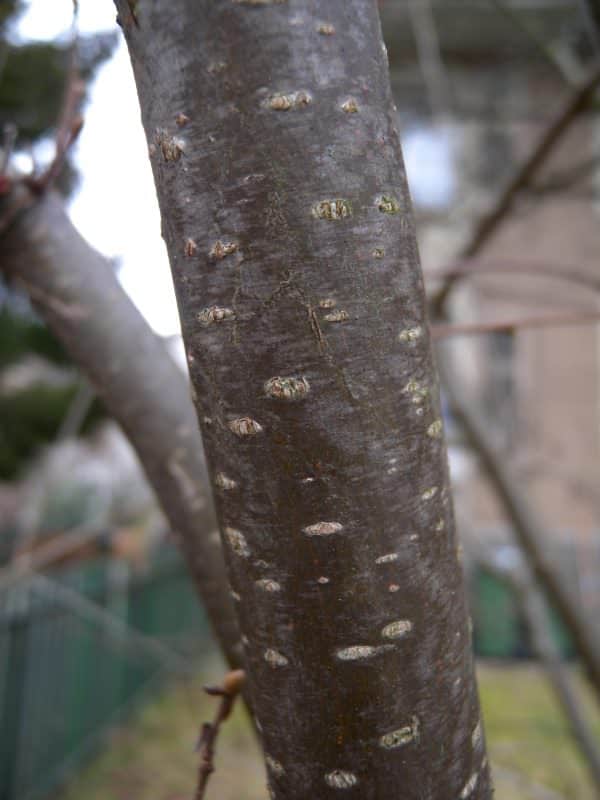
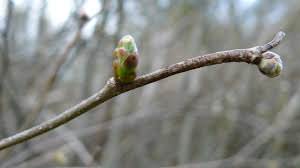
Horse chestnut (Aesculus hippocastanum):
When it comes to the horse chestnut keep an eye out for reddy -orange/brown buds and flaking or peeling bark.
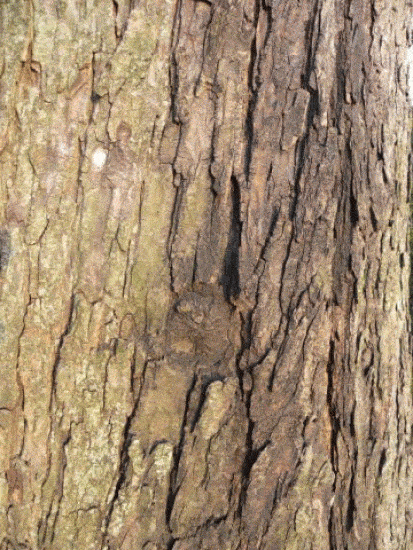
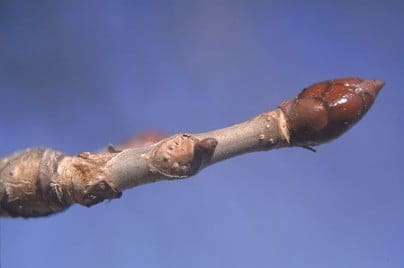
Beech (Fagus sylvatica):
Beech trees can, in the winter, be identified by their own/grey/black buds and cracked or scarred barks.
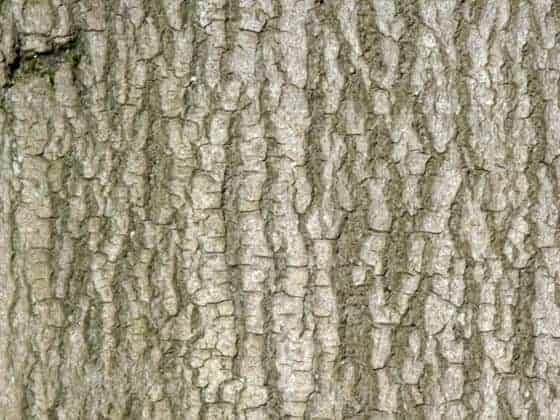
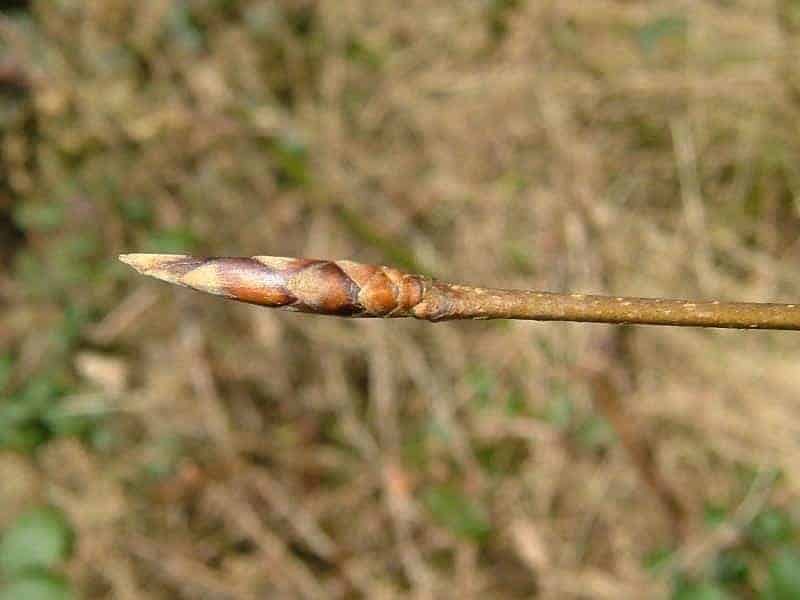
Crab apple (Malus sylvestris):
Crab apples can be identified by their cracked or scarred bark and red/orange/brown buds.
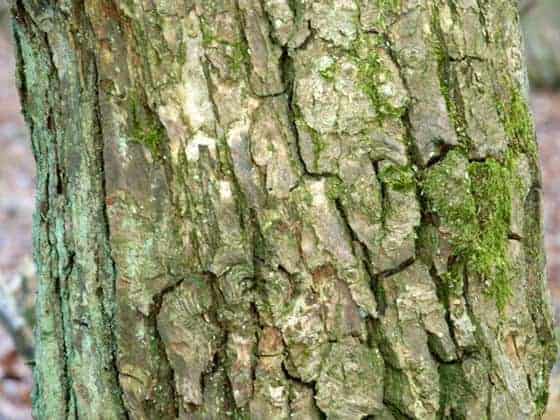
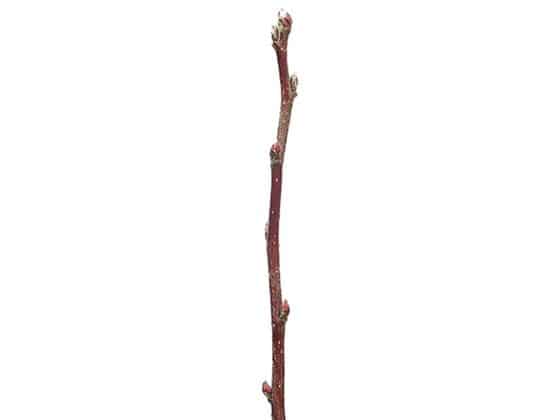
Foraging in winter
Though it might seem like the forager’s patch is sparse in winter, the cold season can offer up a variety of treats for those that know where to look.
Beech nuts
Beech nuts can make for a tasty nibble when you’re out in the woods. Simply scrape off the brown skin on the inside and eat the edible triangular seeds inside.
Chestnuts
Chestnuts are perhaps the epitome of winter foraging. Found over most woodland floors, chestnuts can be opened up and removed from their green spikey cases ready to eat once cooked over a fire.
Pine nuts
Pine cones, the open ones at least, can be opened up and shaken to remove the pine nuts within. These can be eaten raw or toasted. For pine cones that are closed, simply put them near a fire for a few days and they should open up.
Give foraging a try on our weekend bushcraft course – click here for more information
Garlic mustard
Garlic mustard, also known as ‘jack-by-the-hedge’, is most often found in shady places such as the edges of hedgerows. Its heart-shaped leaves are smooth and hairless – like nettles – when the leaves are crushed they smell of garlic.
The colder season can also be a great time of the year for foraging for shellfish, read more about seashore foraging in our blog here.
Remember – never eat anything that you have not positively identified.



